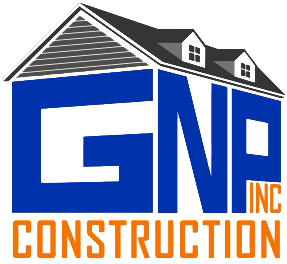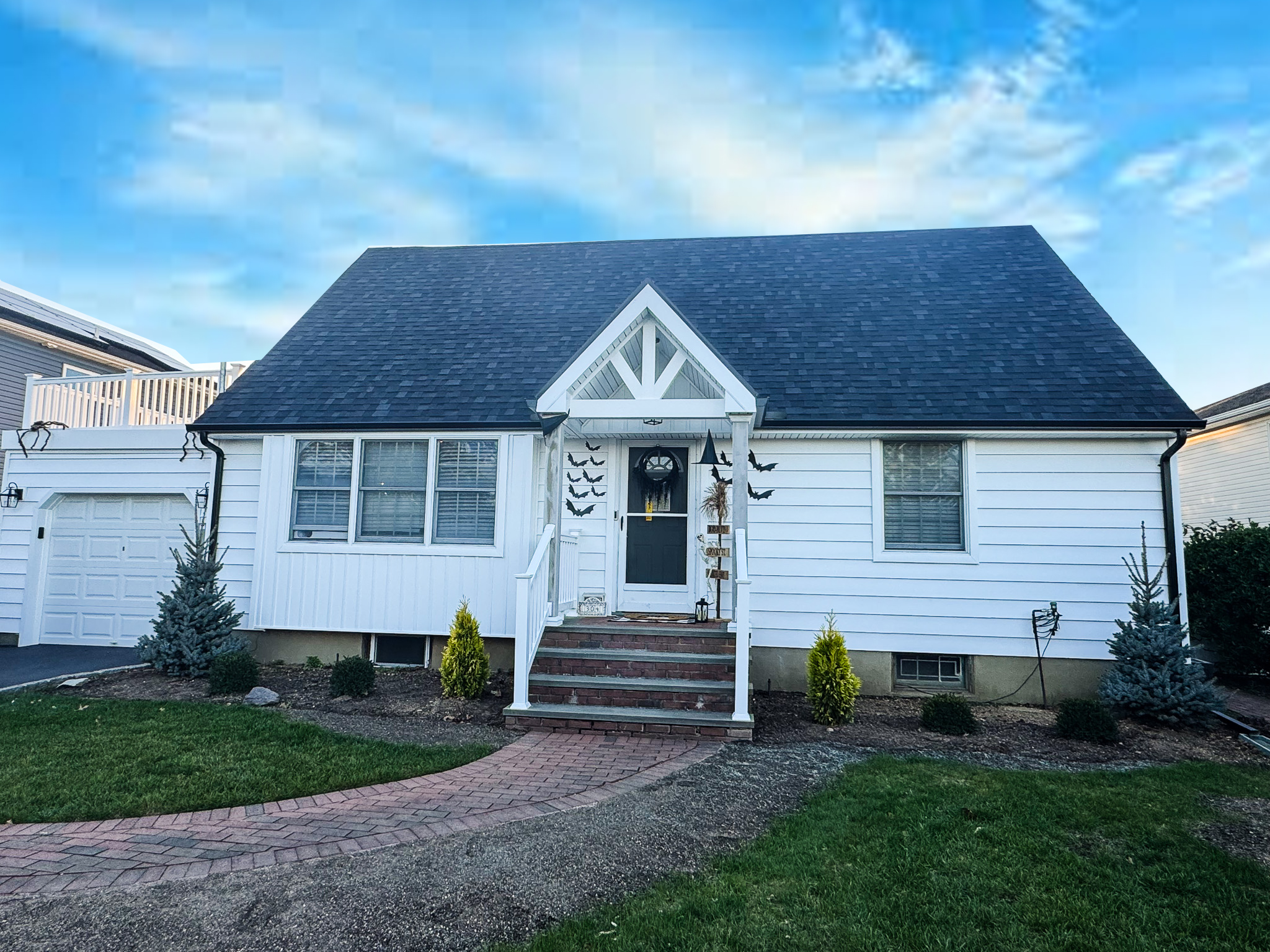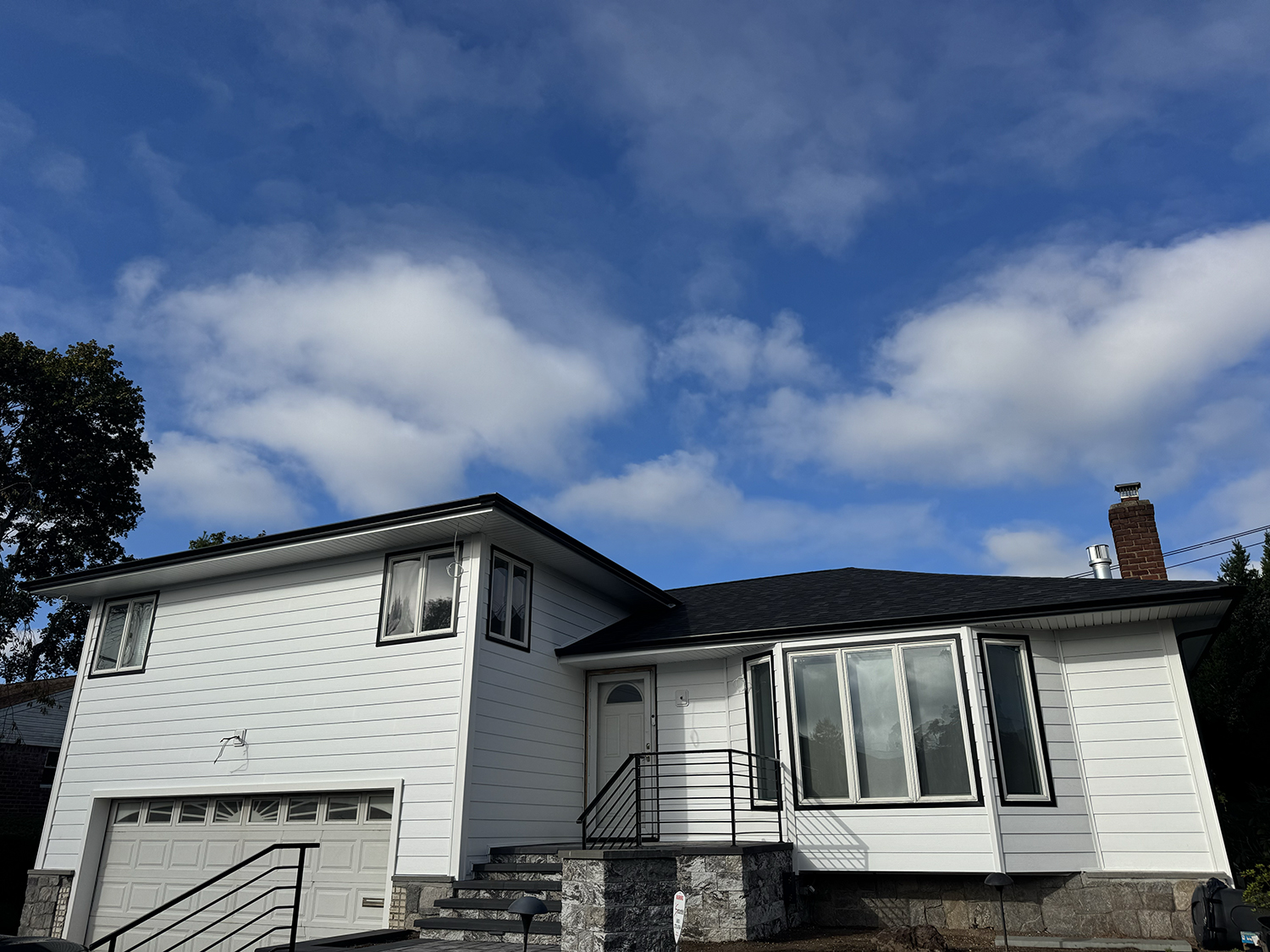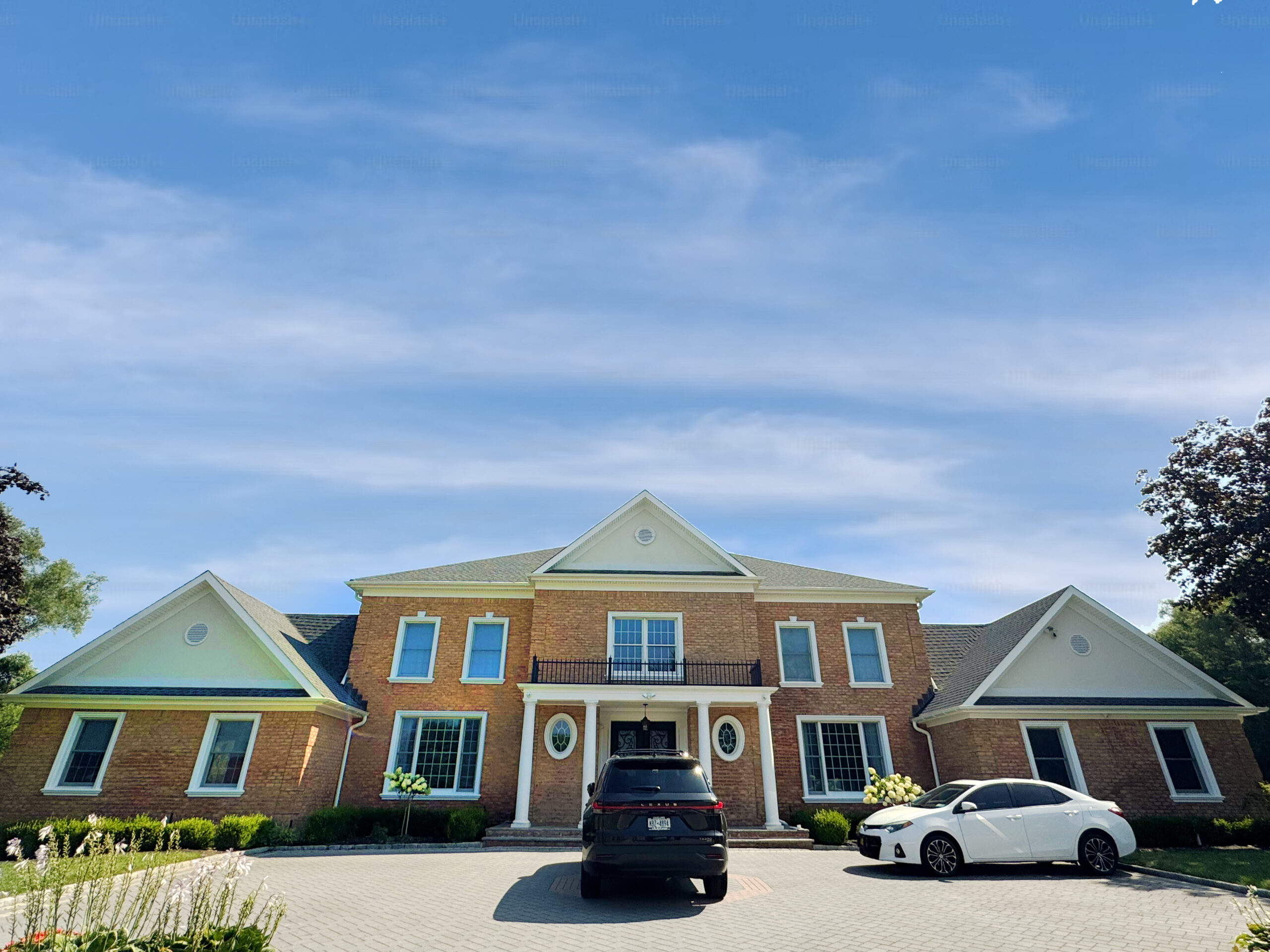
Unseen Roofing Costs: How to Budget for the Full Scope of a Replacement
Replacing a roof is a significant investment for homeowners, and while the benefits are undeniable, it’s essential to prepare for all costs involved. Many homeowners begin their roofing projects with a rough estimate, only to encounter additional expenses along the way. This guide will help you navigate the hidden costs of roofing replacement, so you can budget effectively and avoid unexpected financial strain. Whether you’re working with a Huntington roofing contractor or looking at roofing companies in general, understanding the full scope of roof replacement expenses can save you time, money, and frustration.
1. Initial Roofing Inspection Costs
The first cost to consider in any roof replacement project is the inspection. Professional roofing contractors typically inspect your roof to identify any existing issues that could impact the new installation. While some roofing companies may offer a free initial inspection, others might charge a fee, especially if an in-depth analysis is required. This inspection will cover potential issues like underlying structural damage, water damage, or signs of mold, which, if undetected, can lead to more costly repairs in the future.
2. Permit and Licensing Fees
Roofing projects often require permits, depending on local regulations. Before hiring a roofing contractor, check your municipality’s requirements to determine if a permit is necessary. Permit costs can vary widely based on your location, the size of your roof, and the complexity of the replacement. Failing to secure a permit can result in fines, delays, or even having to redo parts of the project, which is why it’s crucial to discuss these requirements with your roofing contractor early in the process.
3. Removal and Disposal of Old Roofing Materials
Removing your existing roof materials is another cost that homeowners may overlook. Roofing companies often charge for the removal of old shingles, tiles, or metal, as well as the disposal of these materials. The cost can increase depending on the type of materials being removed and the condition of your current roof. For instance, older roofs with multiple layers or those with asbestos materials may require specialized handling, leading to higher disposal fees. Including these costs in your budget will help prevent unexpected charges.
4. Addressing Structural Damage
Once the old roofing is removed, contractors may find structural issues that need repair before installing the new roof. Damaged wood, rafters, or decking are common problems discovered at this stage. Unfortunately, these repairs are often unavoidable if you want a safe, long-lasting roof. If your budget is tight, consider setting aside a contingency fund specifically for structural repairs. This will ensure you’re not caught off guard if your roofing replacement contractor finds any underlying damage during the project.
5. Water Damage Repair
One of the more expensive hidden costs in roofing replacement is water damage repair. Leaks or trapped moisture under old shingles can lead to extensive water damage, including rotting wood, mold growth, and weakened structures. A thorough Huntington roofing contractor will examine the area for signs of water damage before starting the new installation, and addressing these issues will be critical to avoid future roofing problems. Be prepared to add water damage repairs to your budget if your roofing company discovers any issues.
6. Upgrading Insulation and Ventilation
Modern roofing standards often require updated insulation and ventilation, which can add unexpected costs to your replacement project. Proper insulation and ventilation help regulate temperatures inside your home, reduce energy bills, and prevent issues like ice dams. Discuss with your roofing replacement contractor whether your current insulation and ventilation meet the latest standards or if an upgrade is necessary. Although it might increase your budget, better insulation and ventilation will save money in the long run by improving energy efficiency.
7. Quality of Roofing Materials
The choice of roofing materials significantly impacts both upfront and long-term costs. Premium materials like slate or metal may have a higher initial price but tend to last longer than budget-friendly options like asphalt shingles. Roofing replacement services typically offer various material options, so consider both durability and your climate when choosing. If you live in an area with extreme weather, investing in more durable materials could save you on repair and replacement costs down the road.
8. Warranty and Labor Costs
Another expense to consider is the cost of labor and warranties. Reputable roofing contractors will provide warranties on both materials and labor, which can vary in price. A warranty ensures that any issues with materials or installation will be addressed at no additional cost to you. While these warranties add to the initial expense, they provide peace of mind and protect your investment over time. Be sure to ask about warranty options when comparing quotes from roofing companies.
9. Unexpected Weather Delays
Weather is an often-overlooked factor that can impact the timeline and cost of a roofing replacement. Rain, wind, or other adverse weather conditions can cause delays, which may lead to additional labor costs or material expenses if the project is prolonged. If possible, plan your roof replacement during a season with predictable weather, and discuss potential delays with your roofing replacement company to avoid surprise costs.
10. Additional Roofing Features
Additional features, such as skylights, chimneys, and gutters, can increase the cost of a roof replacement project. If you have any of these elements on your roof, your roofing replacement contractor may need to adjust their work plan to ensure proper sealing and installation around these areas. While these features add aesthetic and functional value to your home, they also come with extra costs. Make sure to include these expenses in your budget if you’re planning to integrate or upgrade any additional roofing elements.
11. Cleanup and Landscaping Restoration
Once the roofing replacement is complete, there may be a need for cleanup and landscaping restoration. Roof replacements can leave debris around your property, and some roofing contractors may charge an additional fee for thorough cleanup. If heavy equipment was used, you might also need minor landscaping repairs to fix any damaged lawns or plants. Discuss post-project cleanup with your roofing company to understand whether it’s included in their quote or if it’s a separate cost.
12. Financing and Interest Costs
If you plan to finance your roof replacement, consider the cost of interest on any loans or financing plans. Many roofing replacement companies offer financing options, but these often come with interest rates that add to the overall project cost. Be sure to read the terms carefully and factor in any financing expenses to ensure you can comfortably cover the total investment over time.
How to Budget for Your Roof Replacement Project
To effectively budget for a roof replacement, start by obtaining multiple quotes from trusted roofing contractors in your area. This will help you understand the range of pricing for materials, labor, and additional services. A detailed quote will also allow you to see which contractors include essential elements like permits, cleanup, and warranties.
Creating a contingency fund is also wise; setting aside an extra 10-15% of your budget can cover unforeseen costs, such as structural repairs or material upgrades. Prioritizing quality over the lowest price will save you money in the long term, as high-quality materials and skilled installation lead to fewer repairs and longer-lasting roofs.
Final Thoughts
Replacing a roof is a big investment, but careful planning can make the process smoother and more manageable. Being aware of potential hidden costs allows you to prepare for the unexpected and avoid any financial surprises. Working with a reputable and experienced roofing replacement contractor can also make a significant difference in how smoothly the project goes.
When you’re ready to start your project, consider reaching out to GNP Roofing & Siding. Their team of experts will guide you through the process, ensuring transparency, quality, and a roof that stands the test of time. With GNP Roofing & Siding, you can rest assured that every detail is covered, from inspection to cleanup, making your roofing replacement experience as stress-free as possible.
Name, Address, and Phone
GNP Roofing & Siding
7 Chester Ct, Huntington, New York, 11743, US
516-494-4307
Social Media
https://www.facebook.com/GNPRoofingSiding
http://instagram.com/GNPRoofingSiding



